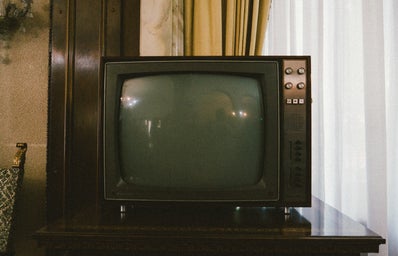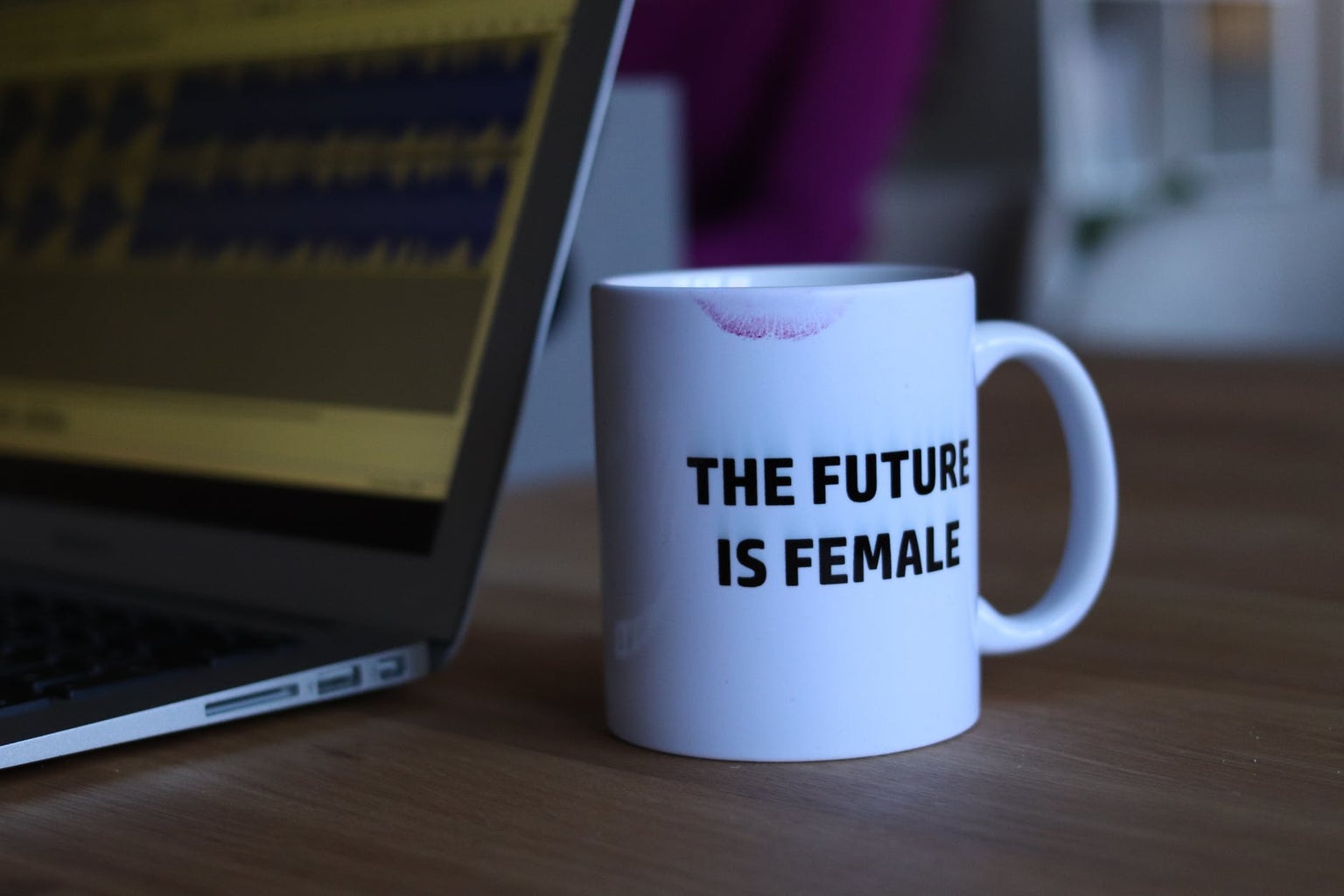The Bechdel Test (a.k.a. The Bechdel Rule) was created by Alison Bechdel in 1985 and has been adopted by many people as a criterion for female representation in movies. The test only has three rules:
- The movie must feature two female characters…
- Who talk to each other…
- About something other than men.
The criteria seem rudimentary at first glance, but I racked my brain for movies that pass the test and came up empty-handed when I first learned about the Bechdel Test. The test became a regular topic of debate with my friends; many of us felt the test was somehow trying to trick us because of the seemingly impossible expectations it employed. However, when we looked at the test from a more exclusive standpoint, our anger at the movie industry’s failure to adequately represent women started to develop. There are some movies that do pass the test, however. Recent successes include Avengers: Endgame, Lego Movie 2, Blockers and Crazy Rich Asians.

The release of Frozen in 2013 was praised as a feminist triumph by many people, and it does indeed pass the Bechdel Test. I believe, however, that Frozen was not a triumph in female representation — at all. The movie was certainly an improvement from past Disney princess films, but the problematic themes present in past movies continued in Frozen. Anna states that she wants to find “the one” in the beginning portion of the movie and, just like all other Disney princess movies, she gets exactly what she wants. The story arc of Anna trying to find Elsa is certainly empowering, but it doesn’t negate from the fact that there was always a male character around to develop into a love interest for Anna. Romance in movies is great, but the way it’s portrayed plays an important role in determining if the movie is empowering for women or not.
I also believe, therefore, that the Bechdel Test is actually not a very good determination of a movie’s value in terms of its female representation. It’s a wonderful starting point that promotes discussion around female empowerment, but it’s certainly not a sufficient be-all and end-all test. How should the test be applied to movies like WALL-E? Neither WALL-E nor Eva are assigned a gender in the movie; people assume their gender based on stereotypical characteristics, even though they are robots.

A Quiet Place also challenges the validity of the test because of the nature of the movie itself. The characters in the movie do not make sounds in order to evade the detection of monsters with hypersensitive hearing. The characters often turn to sign language to communicate with each other, rather than speaking. The two female characters in the movie only have one conversation and it involves generic gestures. Since they don’t actually speak to each other, many people claim the movie does not pass the second requirement of the Bechdel Test. This reasoning is extremely problematic because it completely invalidates the deaf daughter’s ability to communicate. If the Bechdel Test only applies to spoken language, then it’s certainly not a victory for intersectional feminism.
I recognize that no test will ever be perfect in its requirements. Maybe, then, there should be no test at all. If movies are evaluated on a case-by-case basis that takes into account the context and situation in which the movie takes place, its value in terms of female representation can better be determined. Feminism itself is not meant to be restrictive; in fact, the fight to make feminism more inclusive continues, even today. Movies should be looked at with the same lens in order to take into account all women’s unique experiences and representation in media.




